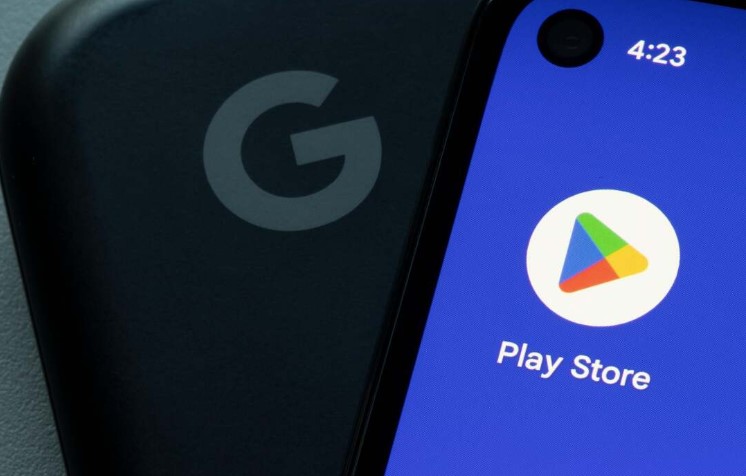ULA to launch new technology that will help identify detonations

ULA’s STP-3 mission will be carrying two satellites with new technology that have never been deployed to space before.The launch, which was delayed over the weekend due to a leak in the ground fuel system, is set for Tuesday at 4:04 a.m.The main spacecraft houses an experiment designed to more accurately detect nuclear detonations on Earth. It will gather more information, providing a better picture for a response.”Being able to more quickly identify what kind of detonation it was, that will help us better understand who might have done it and what was the intent,” said Dale Ketcham, with Space Florida.The data collected will be sent to Brevard County.”The ultimate recipient of the information will be the Air Force Technical lab at Patrick Space Force Base. Because that is the place in this country where the National Security Apparatus is geared at a single building at Patrick,” Ketcham said.The second experiment is for NASA to study and refine the process that uses lasers instead of radio waves to transmit data. A critical step as we send spacecraft farther and farther into space.”Or even Voyager. The two vehicles that were launched 40 years ago. And are well outside the solar system. Our communication with them, particularly voyager is with radio communications and you can transmit very little data with that distance. But using a laser will allow you to transmit a great deal of information,” Ketcham said.Laser communication will not only allow us to communicate with distant spacecraft better, but it’ll also allow us to learn more from them.
ULA’s STP-3 mission will be carrying two satellites with new technology that have never been deployed to space before.
The launch, which was delayed over the weekend due to a leak in the ground fuel system, is set for Tuesday at 4:04 a.m.
The main spacecraft houses an experiment designed to more accurately detect nuclear detonations on Earth. It will gather more information, providing a better picture for a response.
“Being able to more quickly identify what kind of detonation it was, that will help us better understand who might have done it and what was the intent,” said Dale Ketcham, with Space Florida.
The data collected will be sent to Brevard County.
“The ultimate recipient of the information will be the Air Force Technical lab at Patrick Space Force Base. Because that is the place in this country where the National Security Apparatus is geared at a single building at Patrick,” Ketcham said.
The second experiment is for NASA to study and refine the process that uses lasers instead of radio waves to transmit data. A critical step as we send spacecraft farther and farther into space.
“Or even Voyager. The two vehicles that were launched 40 years ago. And are well outside the solar system. Our communication with them, particularly voyager is with radio communications and you can transmit very little data with that distance. But using a laser will allow you to transmit a great deal of information,” Ketcham said.
Laser communication will not only allow us to communicate with distant spacecraft better, but it’ll also allow us to learn more from them.








